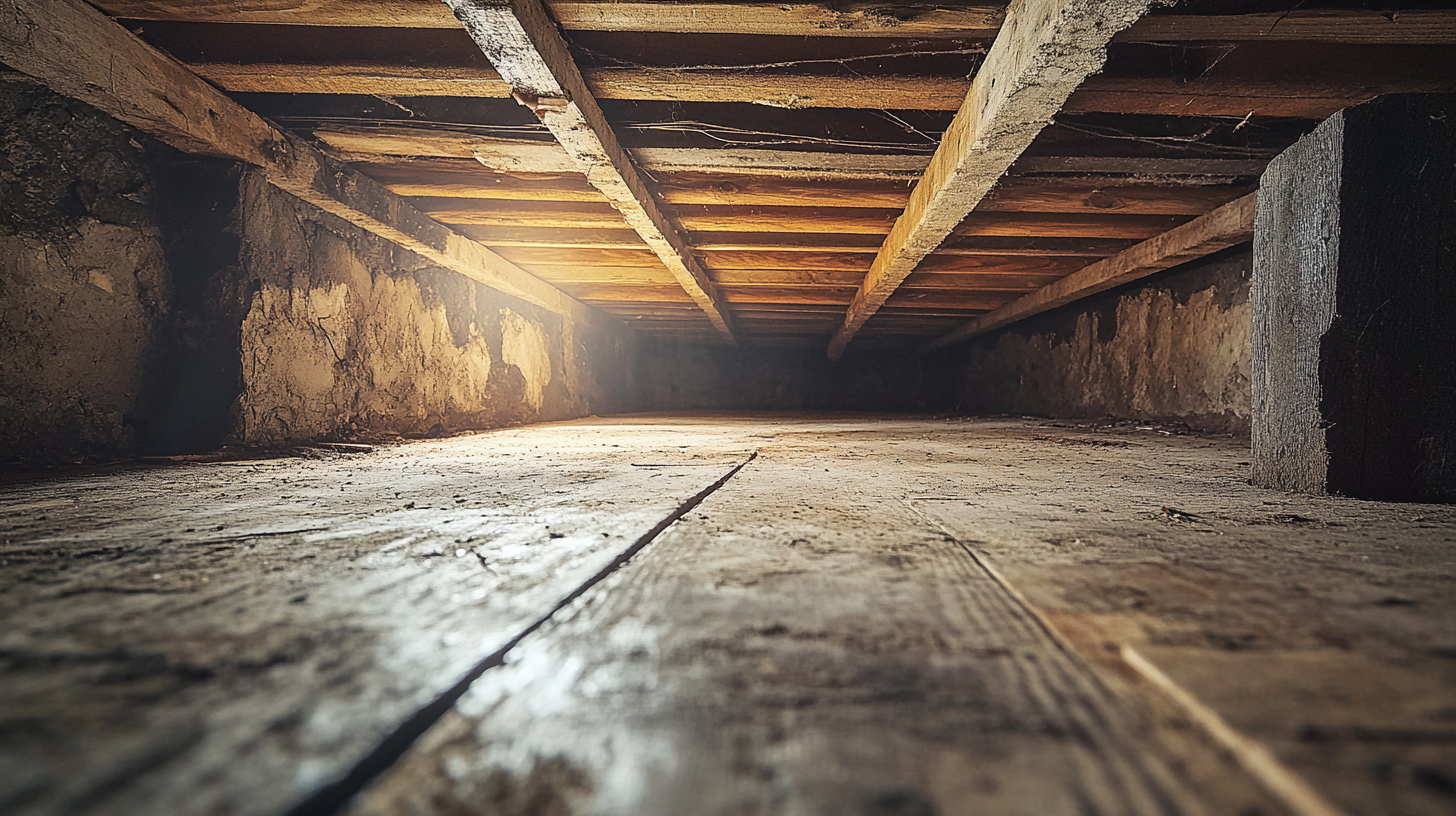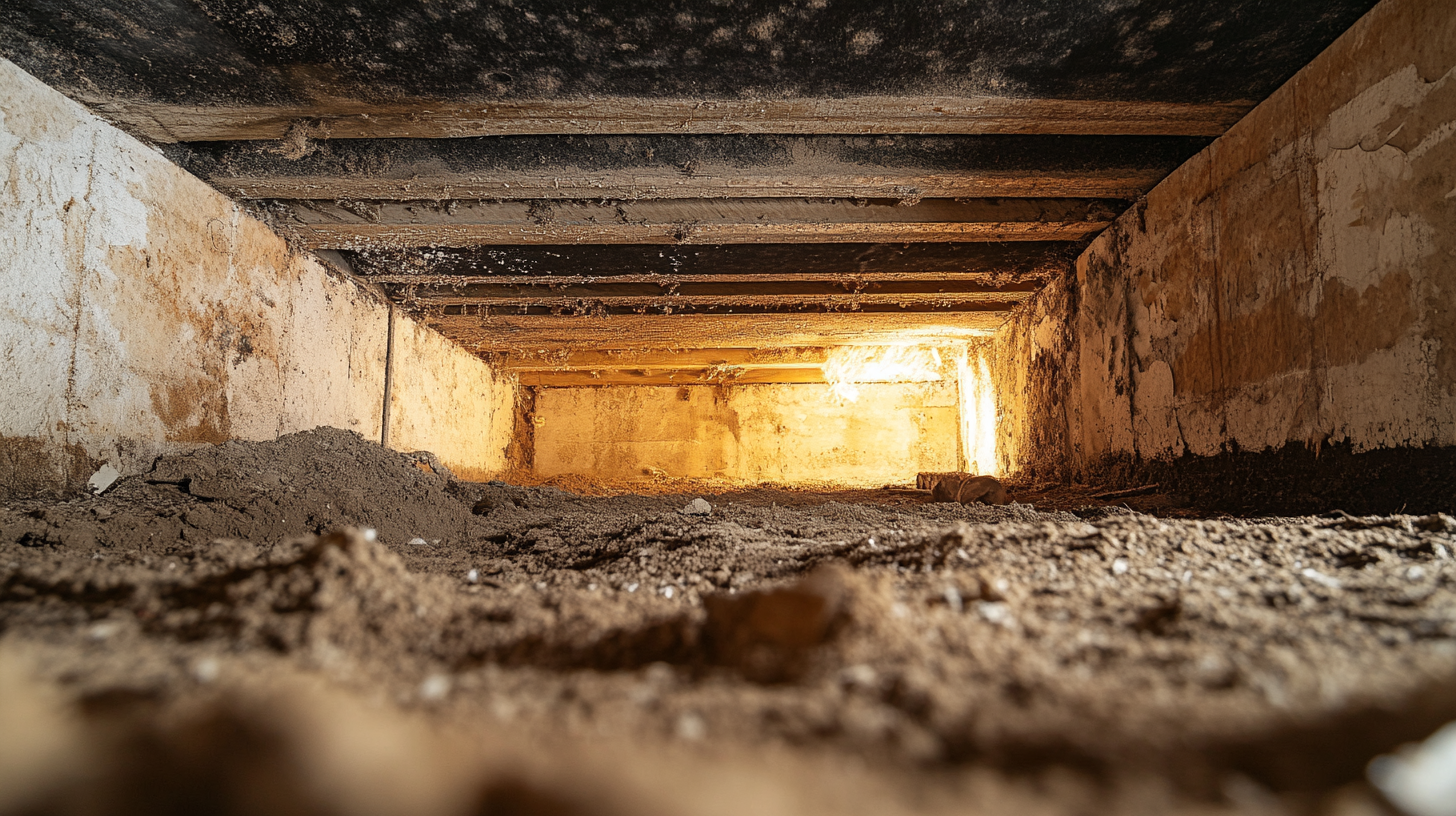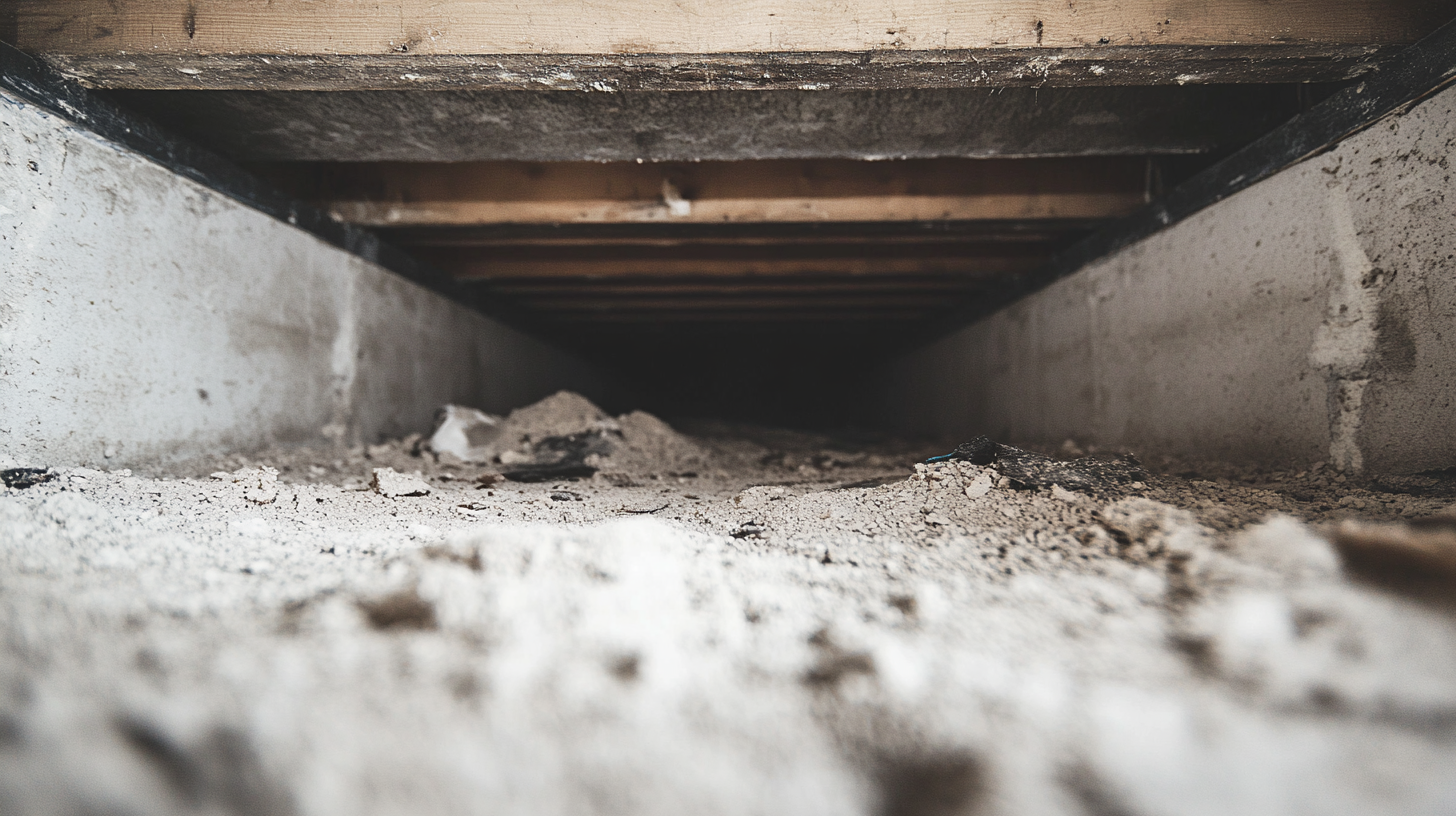Smoke Damage During Wildfires

In recent years, the frequency and intensity of wildfires have been on a worrying upward trajectory, bringing with them a host of challenges, most notably smoke damage. This blog aims to shed light on the increasing prevalence of wildfires and the often-overlooked aspect of associated smoke damage. As these natural disasters become more common, understanding the intricacies of smoke damage and its management is not just a matter of property conservation but a crucial aspect of safety and recovery.
Wildfires, fueled by a combination of climate change, human activities, and natural factors, have become a persistent threat in many regions, leaving behind a trail of destruction that extends far beyond the fire line. One of the most pervasive and enduring impacts of these fires is smoke damage, which can affect areas far removed from the actual blaze. Smoke, carrying a mix of particulate matter, gases, and potentially toxic compounds, can infiltrate homes, businesses, and ecosystems, posing health risks and causing damage that is complex to remediate.
In this blog, we delve into the nature of smoke damage caused by wildfires, exploring how it can affect both indoor and outdoor environments. We will discuss the immediate and long-term effects of smoke exposure, the challenges in cleaning and restoration, and the health implications that need to be addressed.
Moreover, we emphasize the importance of being prepared and informed. Understanding the best practices for managing smoke damage, from preventive measures to effective cleaning techniques and navigating insurance claims, is vital for individuals, communities, and businesses affected by these fires.
Join us as we explore the critical need for awareness and preparedness in the face of increasing wildfire incidents. Our goal is to provide valuable insights and practical guidance to help you effectively manage smoke damage, ensuring safety and aiding in the recovery process in the wake of these devastating natural events.
The Nature of Wildfire Smoke Damage
Wildfire smoke damage presents unique challenges due to the distinct nature of the smoke produced by wildfires. Understanding its composition and the ways it causes damage is crucial for effective mitigation and recovery efforts. This section offers a detailed explanation of the composition and characteristics of wildfire smoke and discusses how it can cause damage to buildings, vehicles, and the environment.
Composition and Characteristics of Wildfire Smoke
Wildfire smoke is a complex mixture of particles and gases, each contributing to its potential for damage. Here’s a detailed look at its composition:
Detailed Explanation of What Wildfire Smoke Contains and How It Differs from Other Types of Smoke:
- Particulate Matter: Wildfire smoke contains fine particles (PM2.5 and PM10) that can penetrate deep into the lungs and even enter the bloodstream.
- Gases: It includes gases like carbon monoxide, volatile organic compounds (VOCs), and nitrogen oxides, which can have various health effects.
- Chemical Composition: The composition can vary depending on what is burning. Wildfires consuming natural vegetation have different chemical profiles compared to those burning man-made materials.
- Distinctive Odor: Wildfire smoke often has a strong, acrid odor due to the burning of organic matter, different from the smoke of other fires, like structure fires.
How Wildfire Smoke Causes Damage
Wildfire smoke can cause widespread damage in several ways. Here’s a discussion on its impact:
Discussion on the Ways Wildfire Smoke Can Damage Buildings, Vehicles, and the Environment:
- Buildings: Smoke can infiltrate buildings, leaving residues on surfaces, in HVAC systems, and within porous materials. The acidic nature of some components can corrode metals and deteriorate other materials.
- Vehicles: Smoke particles can settle on and in vehicles, causing damage to paint, upholstery, and ventilation systems.
- Health Impact: The fine particles in wildfire smoke can pose significant health risks, exacerbating respiratory conditions and impacting cardiovascular health.
- Environmental Damage: Wildfire smoke can reduce air quality over large areas, affecting ecosystems and wildlife, and contributing to pollution in regions far from the fire source.
Understanding the nature of wildfire smoke damage is essential for implementing appropriate response and recovery strategies. Recognizing the unique characteristics of wildfire smoke helps in tailoring cleaning and restoration efforts and in taking necessary health precautions.
Assessing Smoke Damage After a Wildfire
In the aftermath of a wildfire, assessing smoke damage is a critical step for property owners. This process involves identifying key indicators of damage and taking initial steps to evaluate the extent of the impact. Additionally, professional assessments play a vital role, especially for insurance purposes. This section outlines the immediate assessment steps and emphasizes the importance of professional evaluations.
Immediate Assessment Steps
After a wildfire, property owners should promptly assess their property for smoke damage. Here are the key steps and indicators:
Key Indicators of Smoke Damage Following a Wildfire:
- Visible Soot and Ash: Check for deposits of soot and ash on surfaces, both inside and outside the property.
- Smell of Smoke: A persistent smoky odor can indicate that smoke has penetrated building materials.
- Discoloration: Look for discoloration on walls, ceilings, and other surfaces, which can be caused by smoke residues.
Initial Steps Property Owners Should Take to Assess Damage:
- Visual Inspection: Conduct a thorough visual inspection of the property, including the exterior, interior, and any outbuildings.
- Check Ventilation Systems: Inspect HVAC systems for signs of smoke infiltration, as they can spread smoke throughout the property.
- Photograph Damage: Take detailed photographs of all areas affected by smoke for documentation purposes.
- Safety First: Ensure structural safety before entering any damaged areas and wear protective gear during inspection.
Professional Assessment and Documentation
While initial assessments can be done by property owners, professional evaluations are crucial, especially for insurance claims.
The Importance of Professional Evaluations and Documenting Damage for Insurance Purposes:
- Expertise in Damage Assessment: Professionals can identify smoke damage that may not be immediately apparent to property owners.
- Thorough Documentation: Professionals provide detailed documentation of the damage, which is critical for insurance claims.
- Insurance Requirements: Many insurance companies require a professional assessment to process a claim for smoke damage.
- Identifying Hidden Damage: Professionals can assess hidden areas, such as behind walls or in attics, where smoke damage might be overlooked.
- Health and Safety Assessment: They can also evaluate any health and safety risks associated with the smoke damage.
Understanding the process of assessing smoke damage after a wildfire is essential for property owners. Immediate steps help in identifying the extent of the damage, while professional assessments ensure thorough documentation and evaluation, crucial for insurance claims and restoration planning.
Health Risks Associated with Wildfire Smoke
Wildfire smoke poses significant health risks, impacting individuals in both the short and long term. Understanding these risks is crucial for taking appropriate precautions and protecting health. This section introduces the immediate health risks posed by exposure to wildfire smoke and discusses potential long-term health impacts.
Short-Term Health Effects
Exposure to wildfire smoke can have immediate health effects, particularly on the respiratory system. Here’s an introduction to these risks:
Introduction of Immediate Health Risks Posed by Exposure to Wildfire Smoke:
- Respiratory Issues: Inhalation of smoke can cause coughing, wheezing, shortness of breath, and exacerbation of existing respiratory conditions like asthma and COPD.
- Eye Irritation: Smoke particles can irritate the eyes, leading to redness, itching, and watering.
- Throat Irritation: Sore throat and difficulty swallowing are common due to the irritants in smoke.
- Headaches and Nausea: The high concentration of pollutants in wildfire smoke can lead to headaches, dizziness, and nausea.
- Vulnerable Groups: Children, the elderly, and individuals with pre-existing health conditions are more susceptible to these immediate effects.
Long-Term Health Considerations
While the immediate effects of wildfire smoke are well-known, the long-term health impacts are also a significant concern. Here’s a discussion on these aspects:
Discussion on Potential Long-Term Health Impacts and Precautions to Take:
- Chronic Respiratory Problems: Prolonged exposure to wildfire smoke can lead to chronic respiratory issues and reduced lung function.
- Cardiovascular Risks: Studies suggest a link between long-term exposure to wildfire smoke and increased risks of cardiovascular diseases.
- Cancer Risks: The carcinogenic compounds in smoke may increase the risk of certain types of cancer over time.
- Mental Health Impact: Extended exposure to poor air quality and the stress of wildfires can affect mental health, leading to anxiety and depression.
- Precautions: To mitigate these risks, it’s important to limit exposure to smoke, use air purifiers, wear masks, and seek medical attention for persistent symptoms. Staying informed about air quality and following public health advisories during wildfire seasons are also crucial.
Understanding the health risks associated with wildfire smoke is essential for taking proactive measures to protect oneself and loved ones, both in the short term and for long-term well-being.
Cleaning and Restoring Properties Affected by Wildfire Smoke
Wildfire smoke can cause significant damage to properties, leaving behind soot, ash, and a persistent smoky odor. Addressing this damage involves a combination of DIY efforts and, in some cases, professional restoration services. This section offers practical tips for homeowners starting the cleaning process and outlines when and why to call in professional services.
DIY Cleaning Tips
For homeowners looking to tackle smoke damage themselves, here are some practical tips and safety precautions:
Practical Tips for Homeowners to Begin Cleaning Smoke Damage:
- Ventilation: Before starting, ventilate the property by opening windows and doors to allow fresh air to circulate.
- Soot and Ash Removal: Use a vacuum with a HEPA filter to remove soot and ash from surfaces. Avoid wiping surfaces dry, as this can smear the soot.
- Cleaning Solutions: Mix a solution of water and mild detergent or use a commercial soot remover for cleaning walls, ceilings, and hard surfaces.
- Laundry: Wash smoke-damaged clothing and fabrics in the washing machine, adding a cup of vinegar to the wash cycle to help remove odors.
- Deodorizing: Use baking soda and activated charcoal to absorb odors. Placing bowls of these substances around the property can help neutralize the smoky smell.
Safety Precautions to Observe During Cleanup:
- Personal Protective Equipment: Wear gloves, N95 masks, and long-sleeved clothing to protect against soot and ash.
- Electrical Safety: Ensure electrical safety, especially if water is used in the cleanup process. Turn off power to affected areas if necessary.
- Avoid Harsh Chemicals: Be cautious with chemical cleaners. Avoid mixing different cleaning agents, as this can create harmful fumes.
Professional Restoration Services
In certain situations, professional restoration services are necessary to effectively address wildfire smoke damage. Here’s when to call them and what they offer:
When to Call in Professionals:
- Extensive Damage: For widespread or severe smoke damage, professionals have the equipment and expertise to handle large-scale cleanups.
- HVAC System Contamination: If the HVAC system is affected, professional cleaning is required to prevent the spread of smoke particles.
- Structural Concerns: If there are concerns about the structural integrity of the property, professionals can assess and address these issues.
What Services They Offer for Wildfire Smoke Damage:
- Comprehensive Cleaning: Professional services provide thorough cleaning of soot, ash, and debris from all surfaces, including hard-to-reach areas.
- Odor Elimination: Advanced techniques like ozone treatment and thermal fogging are used to eliminate persistent odors.
- Structural Repairs: Professionals can repair and restore structural elements damaged by smoke.
- Content Restoration: Specialized services are available for restoring damaged personal items, including electronics, artwork, and documents.
Cleaning and restoring properties affected by wildfire smoke can be a daunting task. While DIY cleaning is a good start, professional services are often necessary to fully restore a property to its pre-damage condition.
Protecting Your Home and Property from Wildfire Smoke
As wildfires become increasingly common, it's essential to take proactive steps to protect homes and properties from the pervasive and potentially harmful effects of wildfire smoke. This section outlines strategies for safeguarding properties against smoke damage and provides tips for emergency preparedness in the face of wildfire threats.
Preventive Measures
Implementing preventive measures can significantly reduce the impact of wildfire smoke on your home and property. Here are some key strategies:
Strategies to Protect Homes and Properties from Smoke Damage During Wildfires:
- Air Filtration Systems: Install high-efficiency air filters or air purifiers to capture fine particles from wildfire smoke.
- Seal Windows and Doors: Ensure that all windows and doors are properly sealed to prevent smoke infiltration.
- Use Air Conditioning: Set air conditioning systems to recirculate indoor air, preventing outside smoke from entering the home.
- Prepare for Power Outages: Have backup air filtration options in case of power outages, such as portable air purifiers with battery power.
Importance of Air Filtration and Sealing Vulnerabilities:
- Air Quality: Maintaining good indoor air quality is crucial for health, especially during wildfire events.
- Vulnerability Assessment: Regularly assess your home for vulnerabilities where smoke can enter and address these areas with appropriate sealing and insulation.
- H3: Emergency Preparedness for Wildfires
- Being prepared for wildfires is key to ensuring the safety of your home and family.
Here are some tips for emergency preparedness:
Tips for Preparing Homes and Families for Potential Wildfire Threats:
- Create an Emergency Plan: Have a clear plan for evacuation and communication in case of a wildfire.
- Emergency Kits: Prepare emergency kits with essential supplies, including masks, water, non-perishable food, and first aid items.
- Stay Informed: Keep updated on local wildfire news and air quality reports. Have multiple sources for receiving emergency alerts.
- Landscaping and Maintenance: Maintain a defensible space around your property by clearing away dry vegetation and other combustible materials.
- Regular Property Inspections: Regularly inspect your property for fire hazards and address any issues promptly.
Protecting your home and property from wildfire smoke involves both preventive measures to reduce smoke infiltration and comprehensive emergency preparedness to respond effectively to wildfire threats. By taking these steps, homeowners can significantly mitigate the risks associated with wildfire smoke.
FAQs
Contact Fast Response Cleaning & Restoration Today!
Fast Response Cleaning & Restoration will do everything we can to ensure your experience with us is excellent.
Request A FREE Estimate
Request A FREE Estimate Form
CHECKOUT RECENT POST



Have an Emergency? We're Here to Help!
When it comes to disaster cleanup, we are a seasoned veteran in the industry and have helped hundreds of property owners just like you.
Our disaster recovery teams are available 24-7 to quickly clean up and repair disasters of all types.
